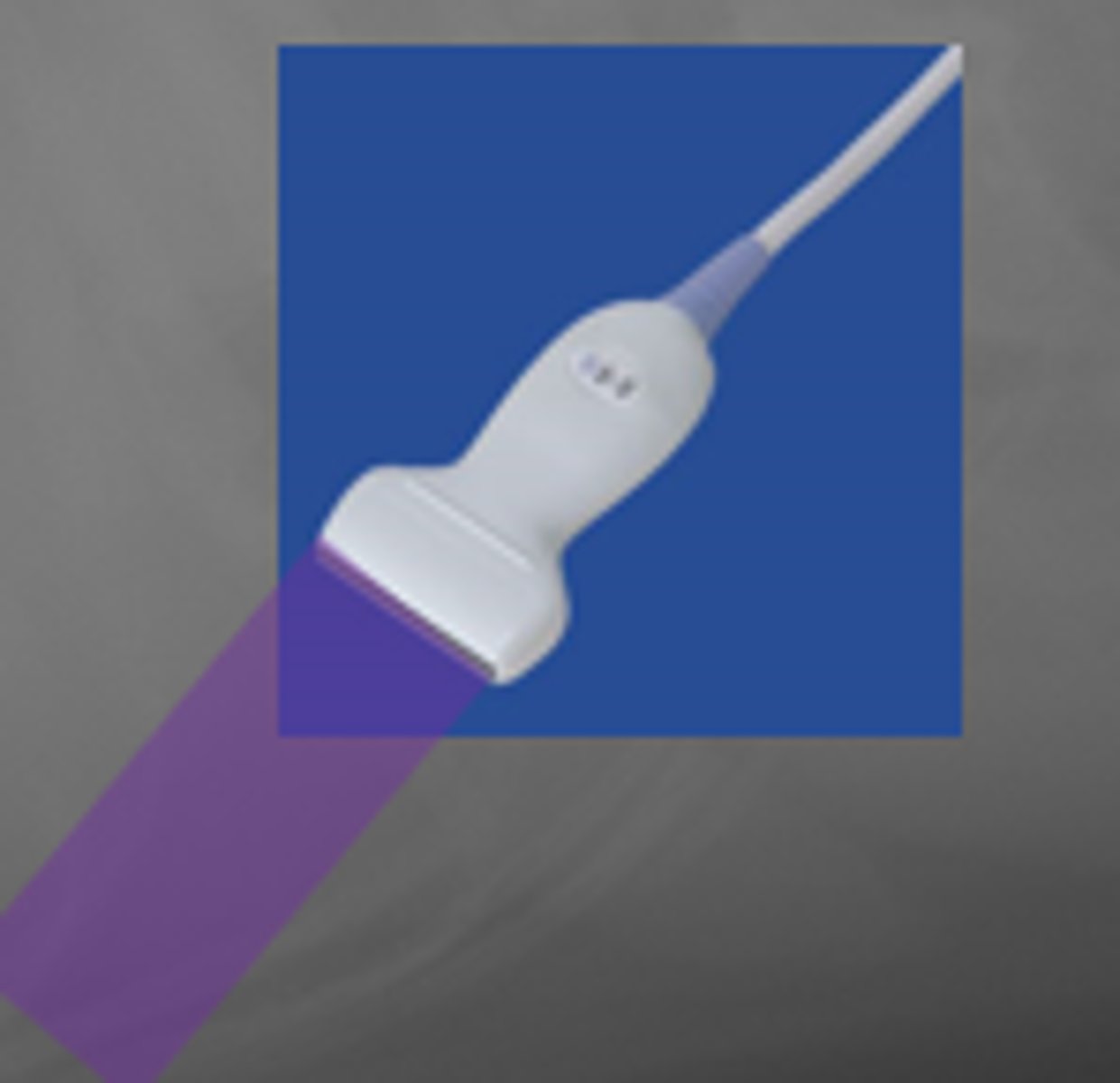Foundations: Ultrasound (FINISH - add comparison/last slide)
1/16
There's no tags or description
Looks like no tags are added yet.
Name | Mastery | Learn | Test | Matching | Spaced |
|---|
No study sessions yet.
17 Terms
What is an ultrasound?
1. Cross-sectional imaging method
2. Sound waves (ultrasound beam) reflected by a transducer
3. Ultrasound beam bounces off body tissues
4. Return sound waves detected by a transducer• Transducer converts acoustic to electrical signals• Signals are processed by a computer into an image
What are different ways in which ultrasound can be used?
1. Diagnostic
2. Rehabilitative
3. Interventional
4. Research
What is diagnostic US?
Diagnosis and monitor pathology
- Hemarthrosis
- Sprains
- Strains
- Healing stage
- Lesions
- Disease
What is rehabilitative US?
Evaluate muscle and other soft-tissue structure and function (including biofeedback) during physical tasks
What is interventional US?
Guide percutaneous procedures involving "dry" (acupuncture) or "wet" needling (injection)
What is research US?
Measurement, explore muscle and soft-tissue structure and function
- Develop and evaluate screening tools and interventions
What are different arrays with ultrasound?
1. Linear array
2. Curvilinear array
What is a linear array?
Sound wave goes straight through in a line
- Field of view is as wide as the transducer itself

What is a curvilinear array?
Sound wave goes out in a cone shape
- Deep structures are disproportionately larger
What are different types of interactions between the sound beam and tissues?
1. Absorption
2. Reflection
3. Refraction
4. Scattering
What is absorption?
Sound beams get converted to heat
What is reflection?
Sound beam is reflected at the interface between 2 tissues
What is refraction?
Sound beam changes direction
What is scattering?
Sound beams reflect unevenly
What is hyper-echoic vs hypo-echoic?
1. Hyper-echoic: white
2. Hypo-echoic: dark
What are common uses/strengths of ultrasound?
1. Low cost
2. Portable
3. Visualize structures not limited to orthogonal planes
4. Continuous modification
5. Can manipulate tissues during the test
What are common limitations of ultrasound?
1. Operator skill
2. Does not penetrate bone
3. Waves do not cross air interfaces